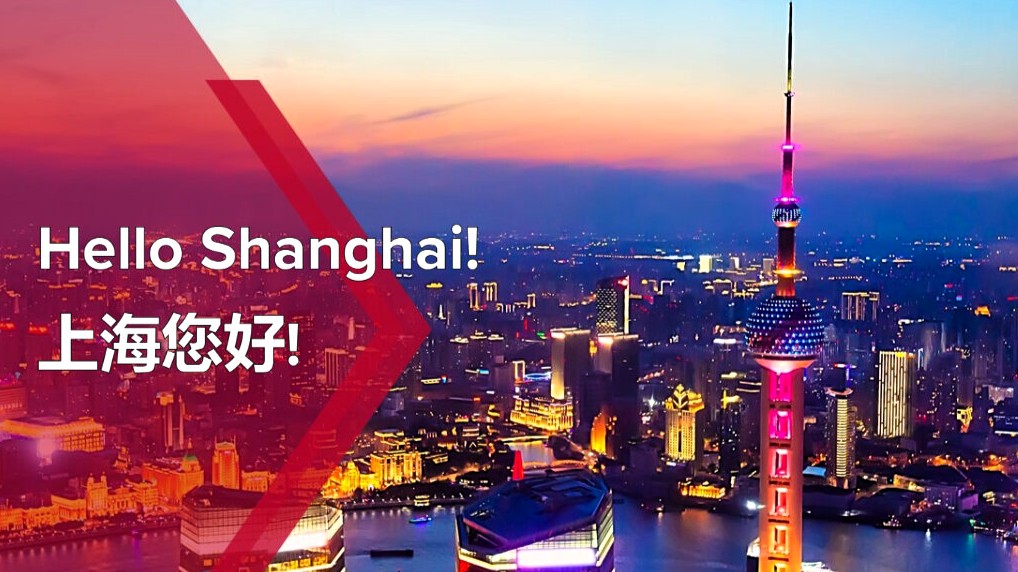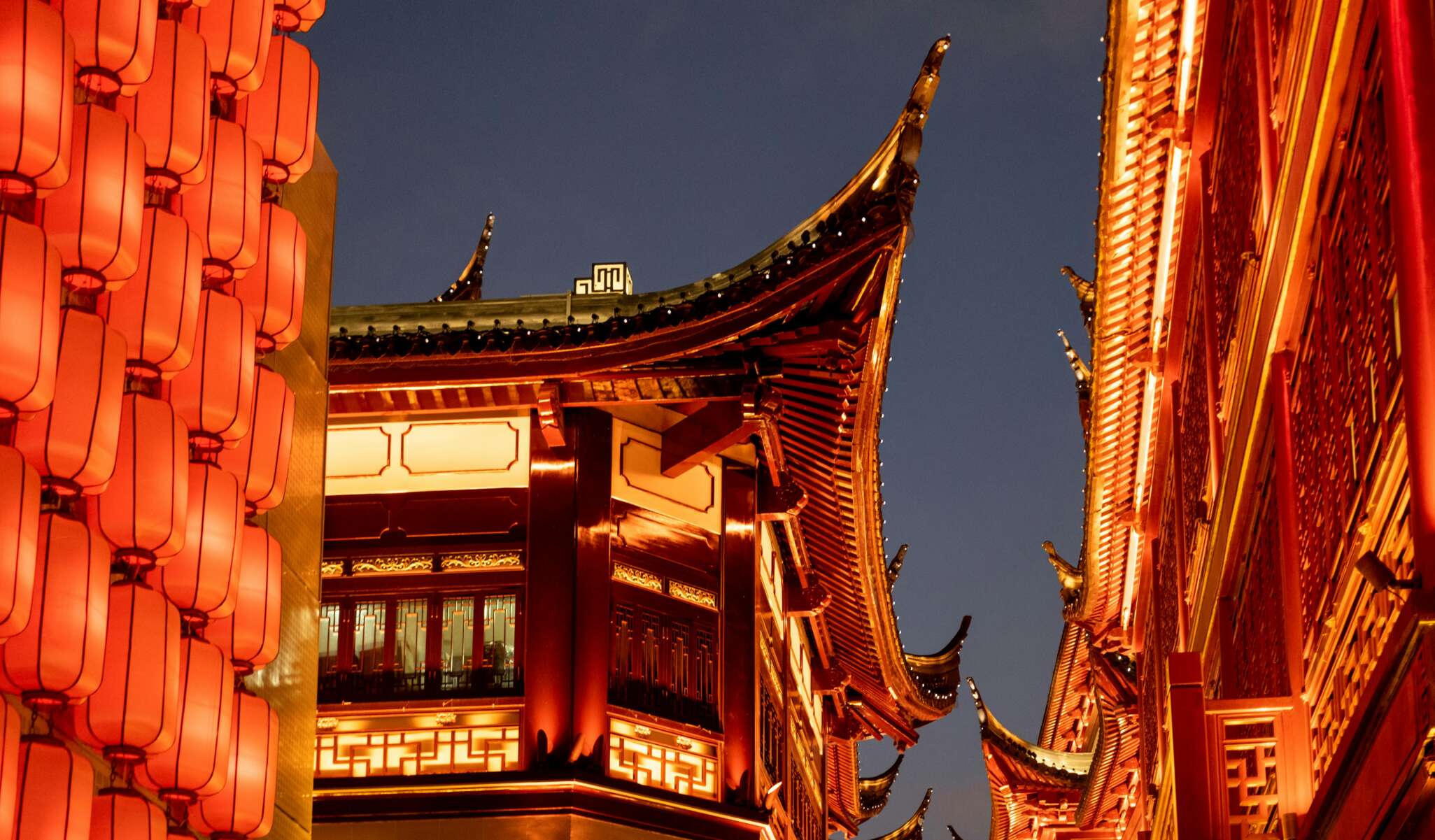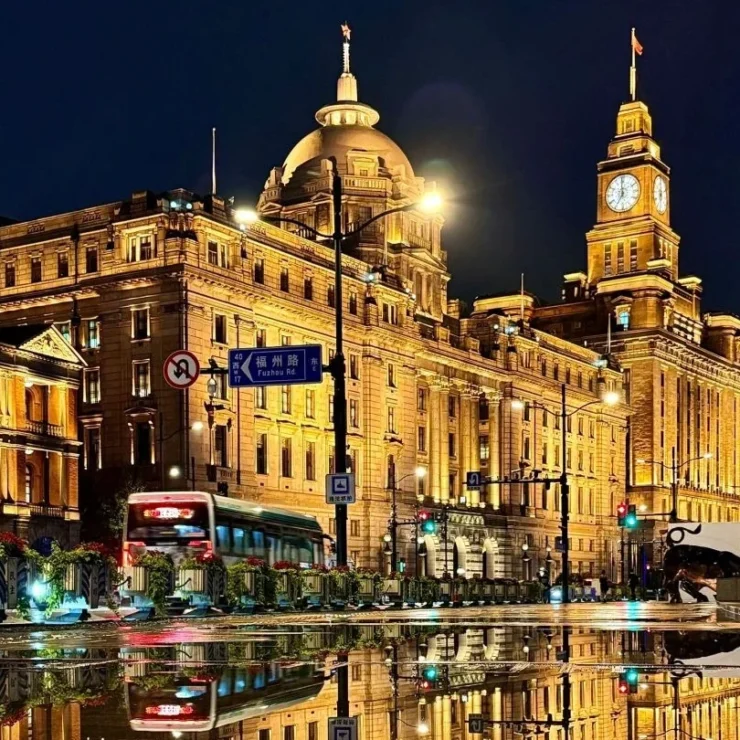Shanghai, China’s largest city and a global hub of culture, commerce, and innovation, is an exhilarating destination for travelers. With its futuristic skyline, historic neighborhoods, and vibrant street life, it offers a unique blend of East and West. However, for first-time visitors, navigating this sprawling metropolis of over 24 million people can feel overwhelming. From mastering the metro system to understanding local customs, this detailed guide is packed with essential tips to help you explore Shanghai with confidence. Whether you’re here for a weekend or a week, let’s ensure your trip is smooth, safe, and unforgettable!
Why Shanghai Can Be Challenging (and How to Prepare)
Shanghai is a city of contrasts—towering skyscrapers stand alongside traditional Shikumen houses, and bustling markets coexist with luxury malls. While its diversity is part of its charm, it also means language barriers, cultural differences, and sheer scale can catch first-time visitors off guard. With the right preparation, though, you can turn potential challenges into opportunities for an authentic experience. Let’s dive into the essential tips to help you navigate Shanghai like a pro.
1. Plan Your Trip: Best Time to Visit and Duration
- Best Time to Visit: Spring (March to May) and autumn (September to November) offer mild weather, ideal for exploring outdoor attractions like the Bund or Yu Garden. Summer (June to August) is hot and humid, while winter (December to February) can be cold and damp, though it’s less crowded.
- How Long to Stay: A minimum of 4-5 days is recommended to cover major landmarks (the Bund, Nanjing Road, Shanghai Tower), hidden gems (Tianzifang, Qibao Ancient Town), and day trips (like Zhujiajiao Water Town). Add extra days if you’re a foodie or want to dive deep into the culture.
- Pro Tip: Check for major Chinese holidays like National Day (early October) or Chinese New Year (January/February), as these periods bring massive crowds and higher prices. Use travel apps or websites to track events and weather updates.
2. Getting to and Around Shanghai: Transportation Essentials
- Arriving in Shanghai: Most international visitors arrive at Pudong International Airport (PVG), about 30 km from the city center. The fastest way to downtown is the Maglev train (reaching speeds of 431 km/h), which connects to Longyang Road Station in just 8 minutes for about 50 CNY. From there, transfer to the metro. Alternatively, taxis or ride-hailing apps like Didi (China’s Uber) are available but can be pricier (around 150-200 CNY).
- Public Transportation: Shanghai’s metro system is one of the world’s largest, with 19 lines covering most tourist areas. It’s cheap (3-10 CNY per ride), efficient, and has English signage. Purchase a reloadable Shanghai Public Transportation Card (about 20 CNY deposit) for seamless travel on metros, buses, and even some taxis.
- Taxis and Ride-Hailing: Taxis are plentiful but drivers rarely speak English—have your destination written in Chinese or use a translation app. Didi is a reliable alternative; download the app and link a payment method like WeChat Pay or Alipay.
- Walking and Biking: Many areas like the French Concession or the Bund are pedestrian-friendly. Rent a bike via apps like Mobike or Ofo for short distances, but be cautious of traffic.
- Pro Tip: Download the “Shanghai Metro” app or “Explore Shanghai” for real-time maps and routes. Avoid rush hours (7-9 AM and 5-7 PM) on the metro to escape packed trains.
3. Where to Stay: Choosing the Right Neighborhood
Shanghai’s neighborhoods cater to different vibes and budgets. Here’s a breakdown for first-time visitors:
- The Bund/People’s Square: Ideal for proximity to iconic sights like the Bund and Nanjing Road. Hotels here range from luxury (e.g., Waldorf Astoria) to mid-range. Great for short stays but can be noisy and touristy.
- French Concession (Xuhui District): A charming area with tree-lined streets, boutique hotels, and trendy cafes. Perfect for a quieter, more local experience while still being central.
- Pudong (Lujiazui Area): Home to Shanghai Tower and the futuristic skyline. Stay here for stunning views and modern amenities, though it’s less “cultural” and farther from historic areas.
- Budget Options: Hostels and budget hotels are abundant near People’s Square or in Jing’an District. Apps like Booking.com or Ctrip (China’s leading travel platform) offer deals.
- Pro Tip: Book accommodations in advance, especially during peak seasons. Look for places near metro stations for easy access—check reviews for mentions of English-speaking staff if language is a concern.
4. Language Barrier: Communication Tips
- Mandarin Dominance: English is not widely spoken outside tourist hubs and upscale hotels. Learning basic phrases like “Ni Hao” (hello), “Xie Xie” (thank you), and “Duoshao Qian” (how much?) can go a long way.
- Translation Tools: Download apps like Google Translate (ensure offline mode is enabled, as Google services may require a VPN in China) or Pleco for real-time translation. WeChat also has a built-in translation feature.
- Written Help: Carry a small notebook or use your phone to show addresses or phrases in Chinese characters. Many locals are happy to help if you communicate visually.
- Pro Tip: Save key locations (hotel, attractions) in Chinese on your phone to show taxi drivers or ask for directions. Pointing at menus or pictures in restaurants works well for ordering food.
5. Money Matters: Cash, Cards, and Mobile Payments
- Currency: China uses the Chinese Yuan (CNY), also called Renminbi (RMB). Exchange money at banks or authorized counters at the airport for better rates—avoid street vendors.
- Cash vs. Cards: While cash is still king at small shops and street stalls, credit cards (Visa/MasterCard) are accepted at major hotels and malls. However, China’s mobile payment culture dominates—apps like WeChat Pay and Alipay are used everywhere, from taxis to tiny noodle stands.
- Setting Up Mobile Payments: Download WeChat or Alipay and link an international card (some cards work, though setup can be tricky without a Chinese bank account). Alternatively, carry small denominations of cash (10-100 CNY bills) for convenience.
- ATMs and Fees: ATMs are widely available, but international withdrawal fees can be high. Notify your bank of travel plans to avoid card blocks.
- Pro Tip: Always have some cash as a backup, especially in less touristy areas. Bargaining is common at markets, so don’t shy away from negotiating politely.
6. Cultural Etiquette: Dos and Don’ts
- Respect Personal Space: Shanghai is crowded, but pushing or cutting in line is frowned upon by locals despite appearances. Be patient and queue up.
- Greetings and Politeness: A slight nod or smile is enough when meeting someone. Avoid overly familiar gestures like hugging unless you know the person well.
- Dining Etiquette: Sharing dishes family-style is the norm—don’t be surprised if food arrives at different times. Don’t stick chopsticks upright in rice (it resembles funeral rituals), and it’s okay to slurp noodles (it’s a sign of enjoyment). Tipping isn’t customary in China.
- Public Behavior: Spitting or loud conversations may occur in public—don’t take it personally, as cultural norms differ. Avoid discussing sensitive topics like politics with strangers.
- Pro Tip: Carry tissues, as public restrooms may lack toilet paper. Squat toilets are common outside upscale areas, so be prepared.
7. Food and Dining: Navigating Shanghai’s Culinary Scene
- Must-Try Dishes: Don’t miss xiaolongbao (soup dumplings), sheng jian bao (pan-fried buns), and hong shao rou (braised pork belly). Street food like cong you bing (scallion pancakes) is cheap and delicious.
- Where to Eat: Popular areas include Yunnan Road Food Street, Tianzifang, and Wujiang Road for casual eats. For upscale dining, try restaurants in the French Concession or near the Bund.
- Language Help: Many menus lack English translations outside tourist zones. Point at pictures, use translation apps, or ask for recommendations (“Tuijian cai?” means “Recommended dish?”).
- Safety: Stick to busy stalls or restaurants for street food to ensure freshness. Bottled water is safer than tap water—buy it from convenience stores like 7-Eleven or FamilyMart.
- Pro Tip: Meals are often cheaper if you avoid tourist traps near major attractions. Look for spots packed with locals for authenticity.
8. Internet and Connectivity: Staying Online
- Internet Restrictions: China’s “Great Firewall” blocks many Western websites and apps (Google, Facebook, WhatsApp) without a VPN. Download a reliable VPN like ExpressVPN or NordVPN before arriving, as VPN apps are hard to access in China.
- Wi-Fi and Data: Free Wi-Fi is available at hotels, cafes (like Starbucks), and some public areas, but it’s often slow or requires registration. Buy a local SIM card (from China Mobile or China Unicom) at the airport or stores for affordable data plans (around 50-100 CNY for a week).
- Useful Apps: WeChat is essential for communication, payments, and even translation. Baidu Maps works better than Google Maps in China for navigation.
- Pro Tip: Test your VPN before leaving home to ensure it works. Keep a power bank, as you’ll rely heavily on your phone for maps and translations.
9. Safety and Health: Staying Secure in Shanghai
- General Safety: Shanghai is very safe for tourists compared to many global cities. Violent crime is rare, but watch for pickpocketing in crowded areas like Nanjing Road or the metro. Keep valuables secure and avoid flashing expensive items.
- Scams: Be wary of “tea ceremony” scams where friendly strangers invite you to a tea house, only to present a huge bill. Politely decline unsolicited offers. Also, confirm taxi fares or use meters to avoid overcharging.
- Health: Air pollution can be high—check AQI (Air Quality Index) via apps like AirVisual and consider a mask on bad days. Carry hand sanitizer and tissues, as hygiene standards vary.
- Emergencies: Dial 110 for police, 120 for medical emergencies, and 119 for fire. Keep your embassy’s contact info handy. Major hospitals like Shanghai United Family Hospital cater to foreigners with English-speaking staff.
- Pro Tip: Save a photo of your passport and visa on your phone, and carry travel insurance for medical emergencies.
10. Must-See Highlights: Balancing Your Itinerary
- Iconic Spots: Start with the Bund for skyline views (day and night), Nanjing Road for shopping, and Yu Garden for history. Shanghai Tower’s observation deck offers a bird’s-eye view of the city.
- Hidden Gems: Explore Tianzifang for artsy alleys, Fuxing Park for local life, and Qibao Ancient Town for a quieter cultural escape.
- Day Trips: Zhujiajiao Water Town (1 hour by metro) offers canals and ancient charm. Suzhou, known for classical gardens, is a 30-minute high-speed train ride away.
- Pro Tip: Pace yourself—Shanghai is huge, and over-scheduling can lead to exhaustion. Use evenings for relaxing strolls or food tours rather than cramming in more sights.
Embrace Shanghai with Confidence
Shanghai may seem daunting at first, but with these essential tips, you’re well-equipped to navigate its vibrant streets, savor its flavors, and soak in its culture. From mastering the metro to dodging scams and tasting xiaolongbao, every step of preparation brings you closer to an authentic experience. Remember, the city rewards curiosity—don’t hesitate to wander, ask for help, or try something new.





